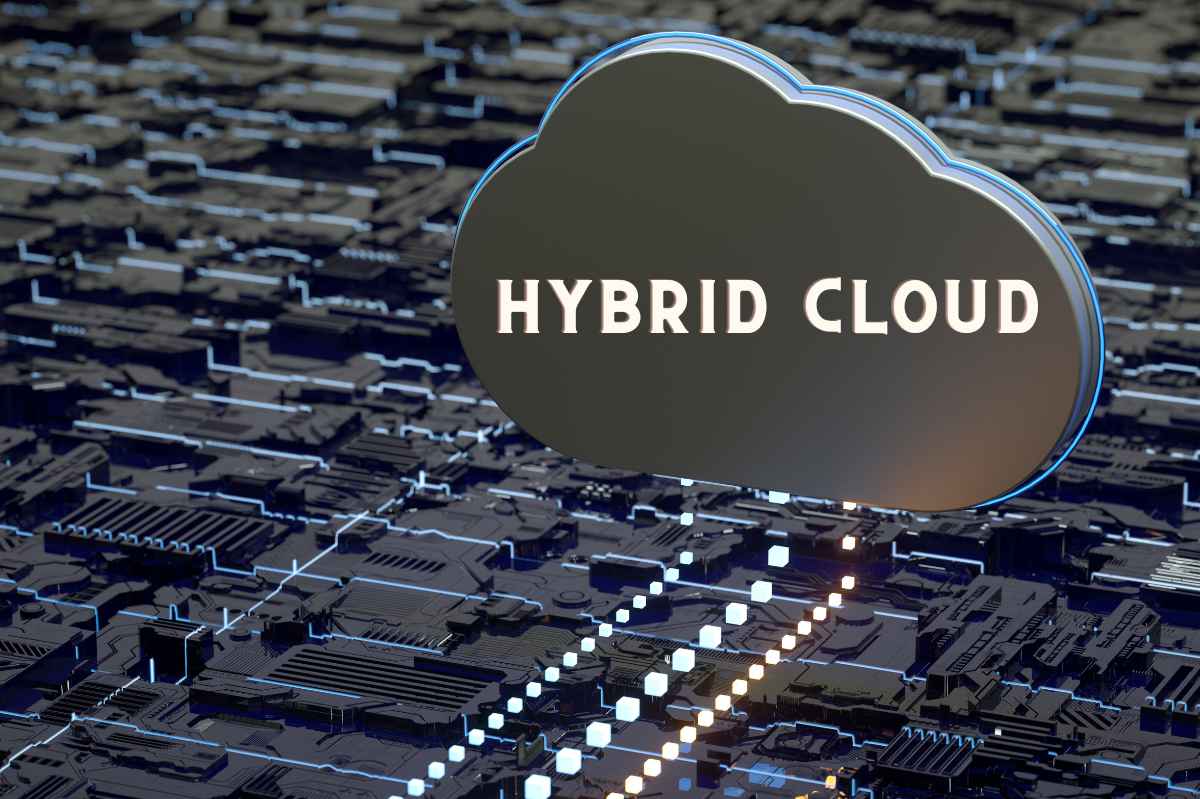Taking into account the great advances that are taking place in cloud computing, data management, and artificial intelligence, the adoption of innovative solutions becomes imperative for business success. In this context, hybrid cloud emerges as an essential component in setting up next-generation IT infrastructure.
Enterprises are increasingly relying on the strategic advantages that hybrid cloud offers, allowing them to run critical workloads efficiently from any location. This revolutionary approach combines and unifies on-premises, private cloud, and public cloud environments, delivering unprecedented flexibility and opening up opportunities to optimize resources and improve performance.
Table of Contents
The Evolution Of The Hybrid Cloud
Before detailing the advantages that this technology represents for companies, let’s go on to explain how the hybrid cloud has emerged in recent years to consolidate itself as a fundamental pillar in the technological infrastructure.
Initially, organizations’ on-premises data centers faced cost and scalability challenges. The emergence of the enterprise cloud, represented by providers such as AWS, IBM Cloud, Google Cloud, and Azure, made it possible to outsource storage and processing. Private clouds provide control and protection, and hybrid clouds integrate diverse environments to improve capacity and performance, enabling the portability of applications and workloads.
The current landscape embraces a multi-cloud hybrid cloud approach, incorporating multiple public clouds and a private cloud environment. This modern model makes it easy to develop cloud-native applications using container orchestration platforms like Kubernetes and Docker Swarm for automated deployment across clouds. A well-designed multi-cloud hybrid cloud architecture delivers high-performance storage, low-latency networking, strong security, and minimal downtime.
Why Should Companies Invest In Hybrid Cloud?
These are the main benefits that the hybrid cloud provides to companies:
1. Agility And Scalability
It enables rapid provisioning of computing resources, whether in an on-premises data center or a public cloud provider’s infrastructure.
This agility translates into a significantly faster delivery speed of IT resources, making it easier to respond to unforeseen traffic changes and providing an enabling environment for rapid development, testing, and release of applications, thereby driving business growth.
2. Control And Flexibility
Businesses opt for a hybrid cloud because of its ability to provide greater control and flexibility in data and resource management.
This results in various implementation options that are best suited to the specific needs of each organization.
3. Security
In a hybrid cloud, data and task migration is done using containers or secure programming interfaces (APIs).
These tools encrypt and transfer information between cloud services and on-premises applications, enabling centralized control that simplifies the application of security measures such as encryption, automation, and access control.
4. Regulatory Compliance
It helps companies comply with various international regulations, allowing them to decide how information is replicated and encrypted and where it should be stored.
This cloud security feature makes it easier to comply with privacy and protection standards established by different countries and municipalities.
5. Cost Optimization
With this approach, companies optimize spend and reduce costs by eliminating the need for investment in physical hardware and data center expansion.
Additionally, different teams, such as DevOps, can efficiently allocate expenses between public and private clouds, leveraging the pay-as-you-go pricing model to avoid unnecessary fees and balance costs and revenues.
6. Business Continuity
The hybrid cloud favors the implementation of a disaster recovery plan by providing a flexible and resilient environment.
Also Read: Advantages Of Cloud Switchboards




